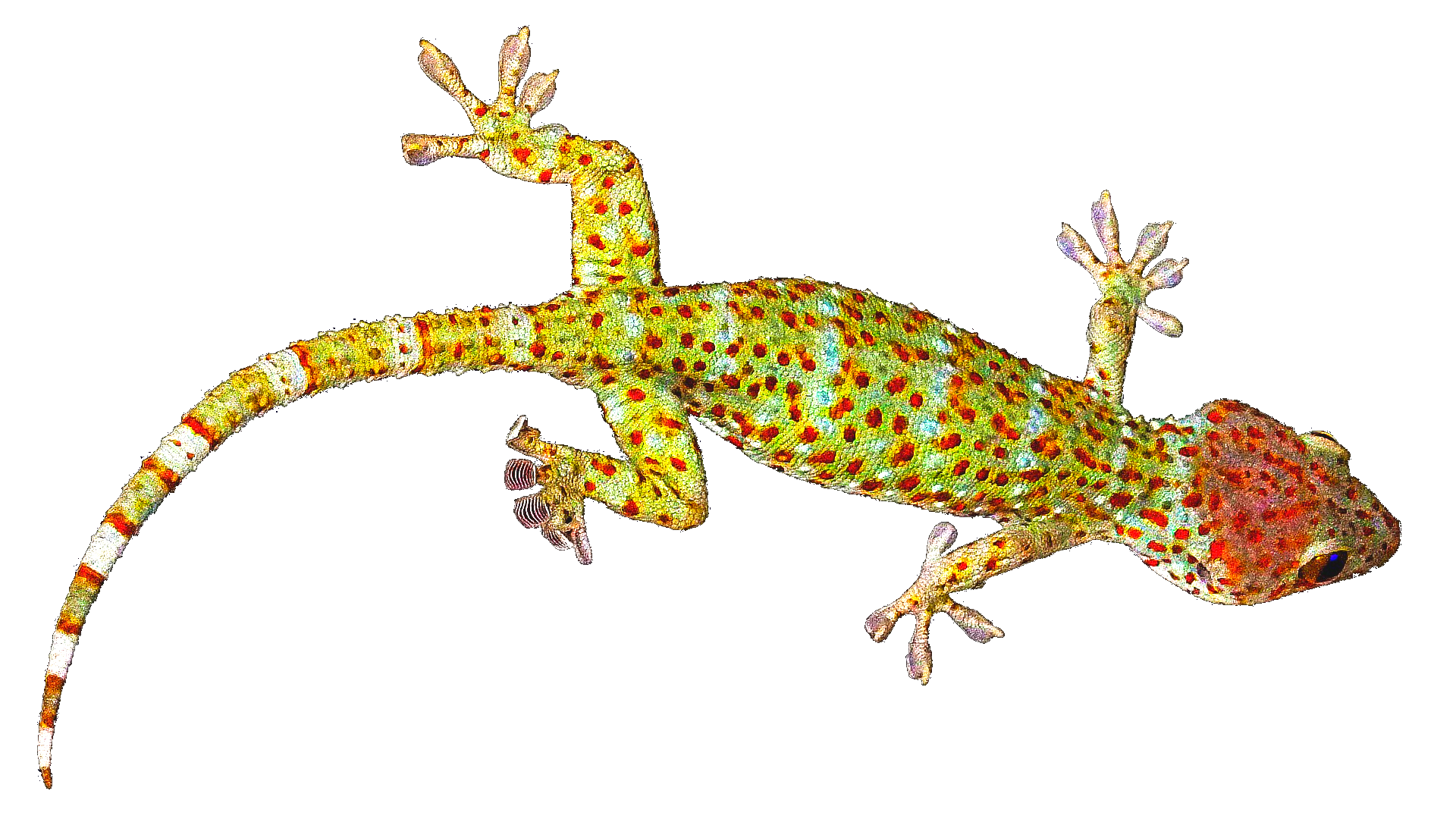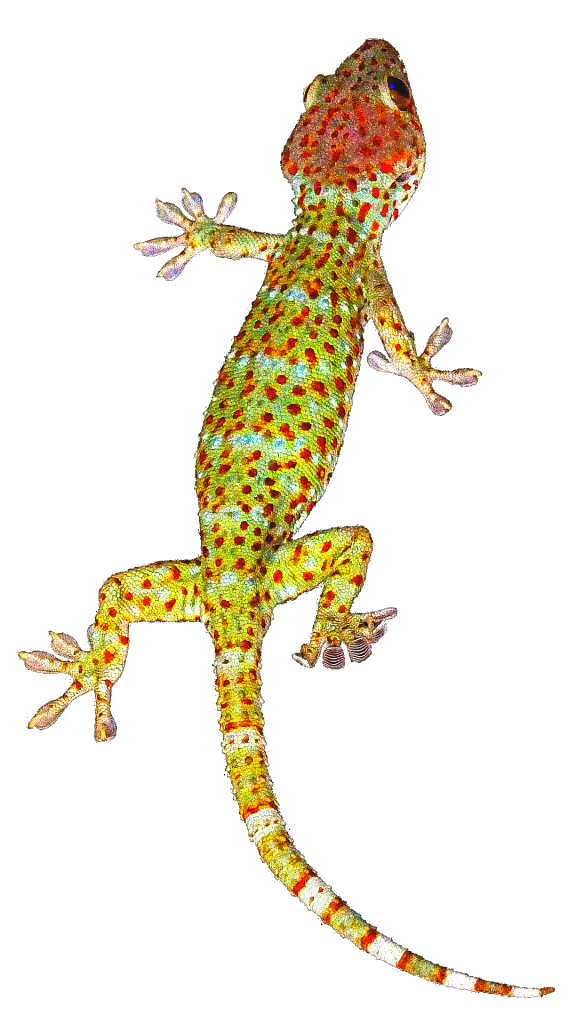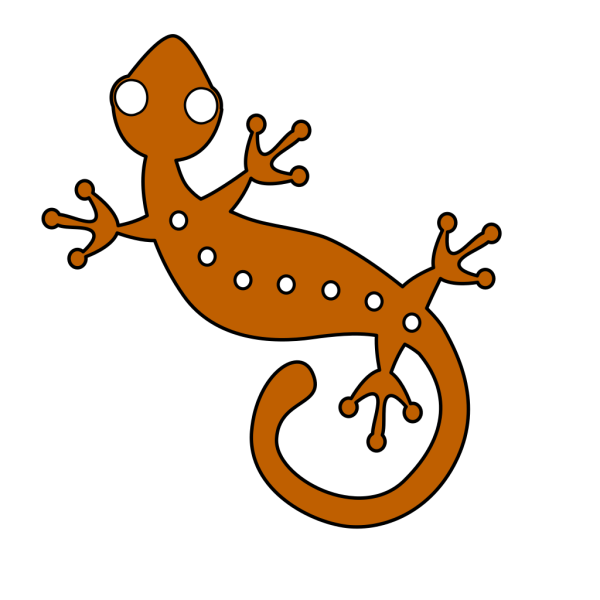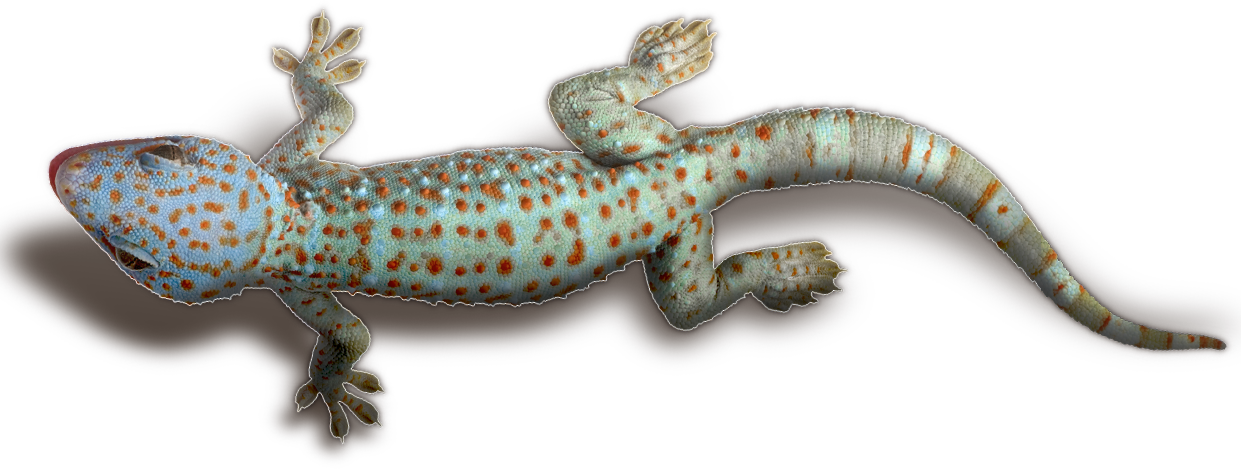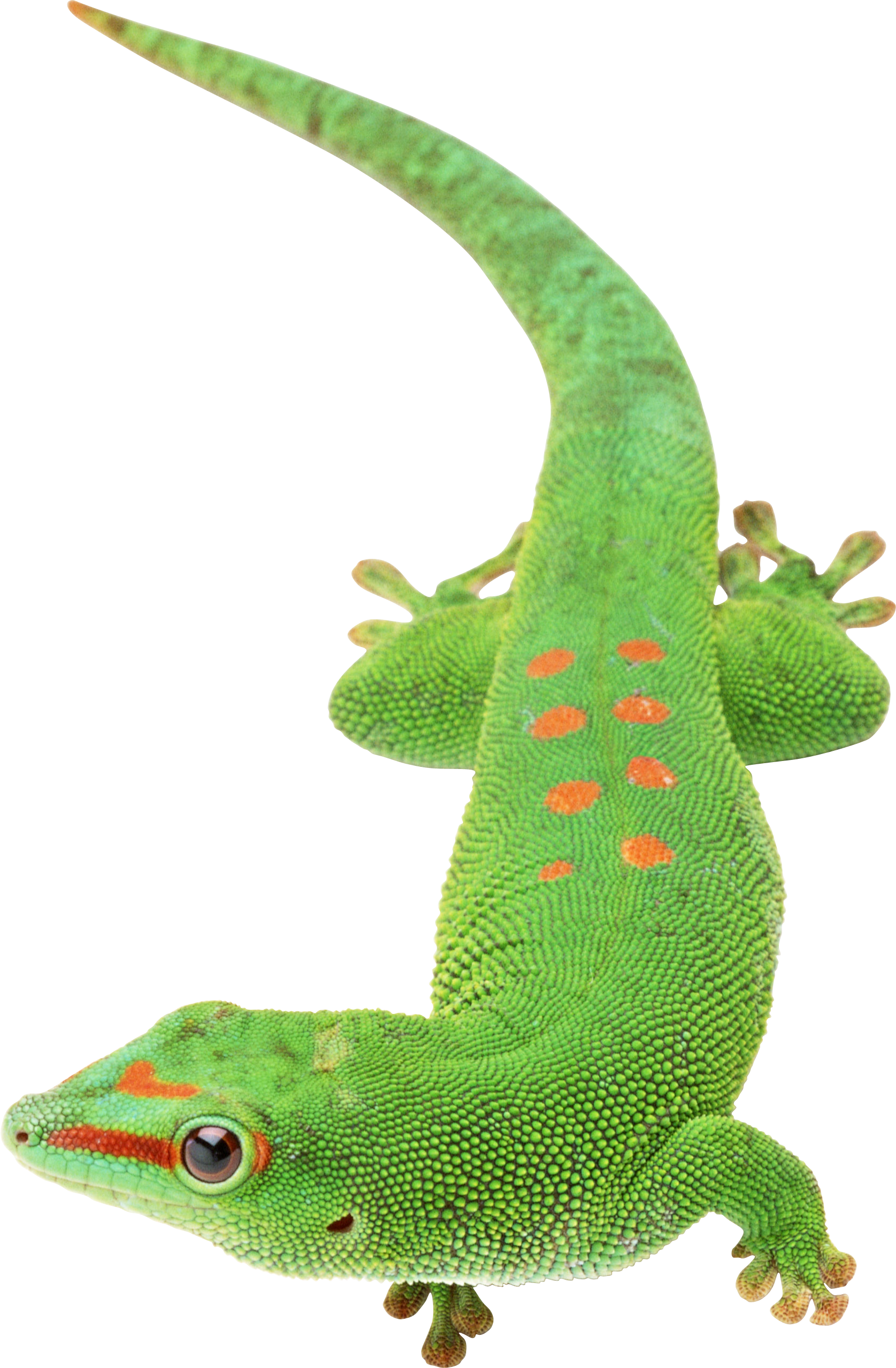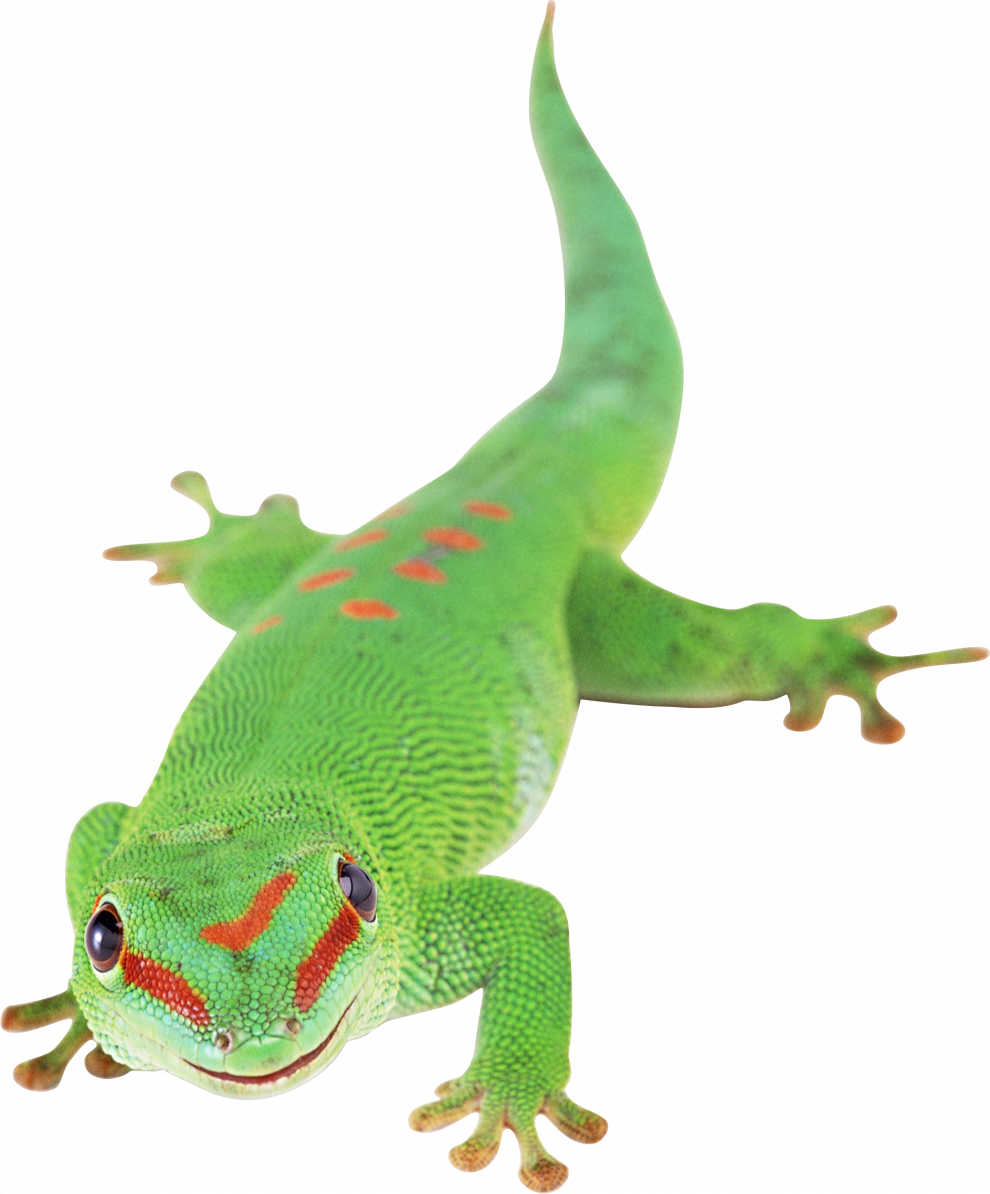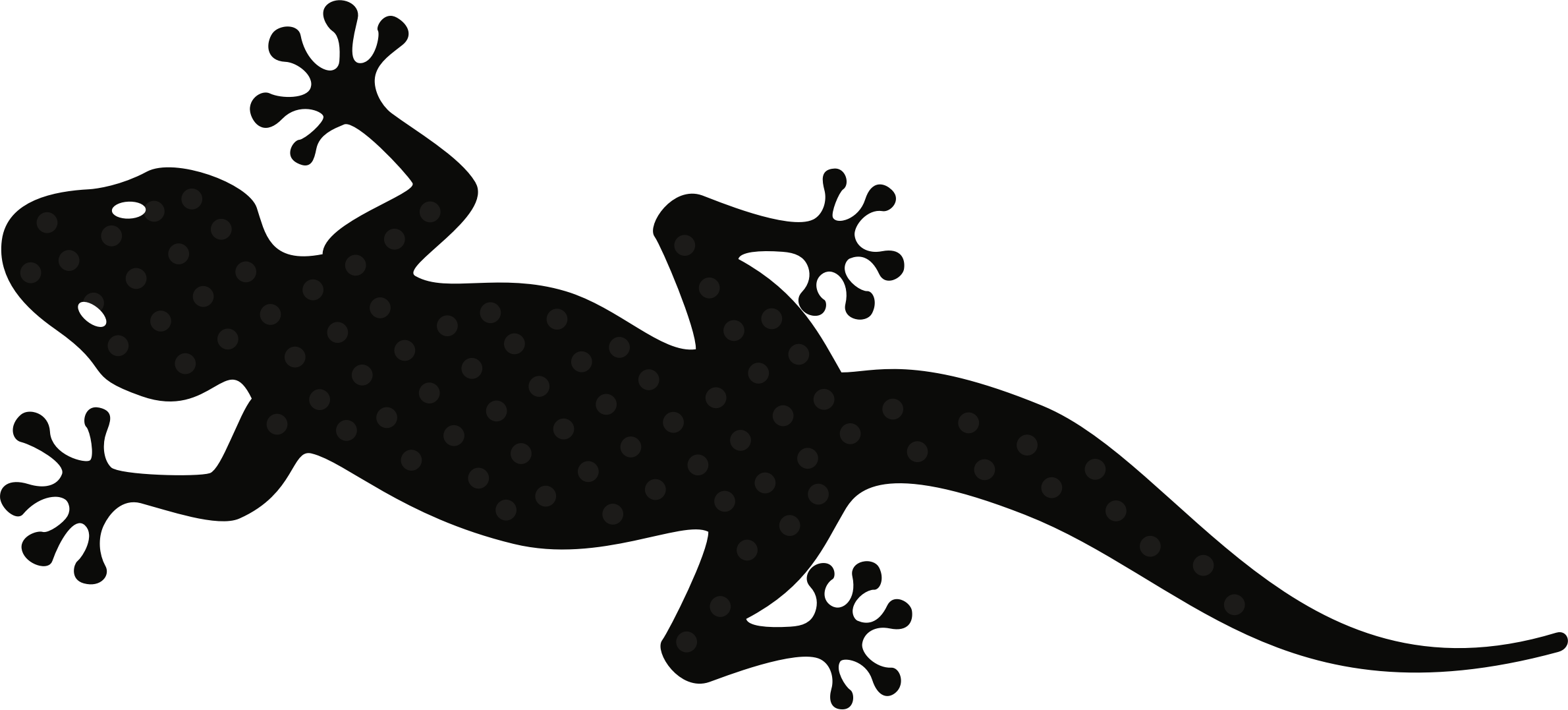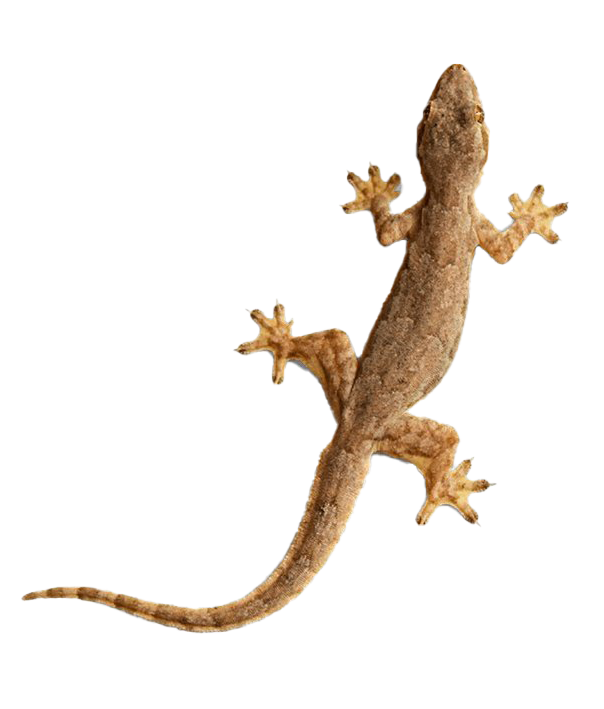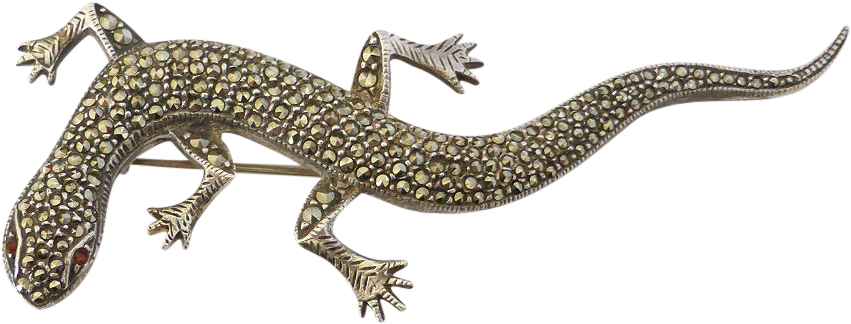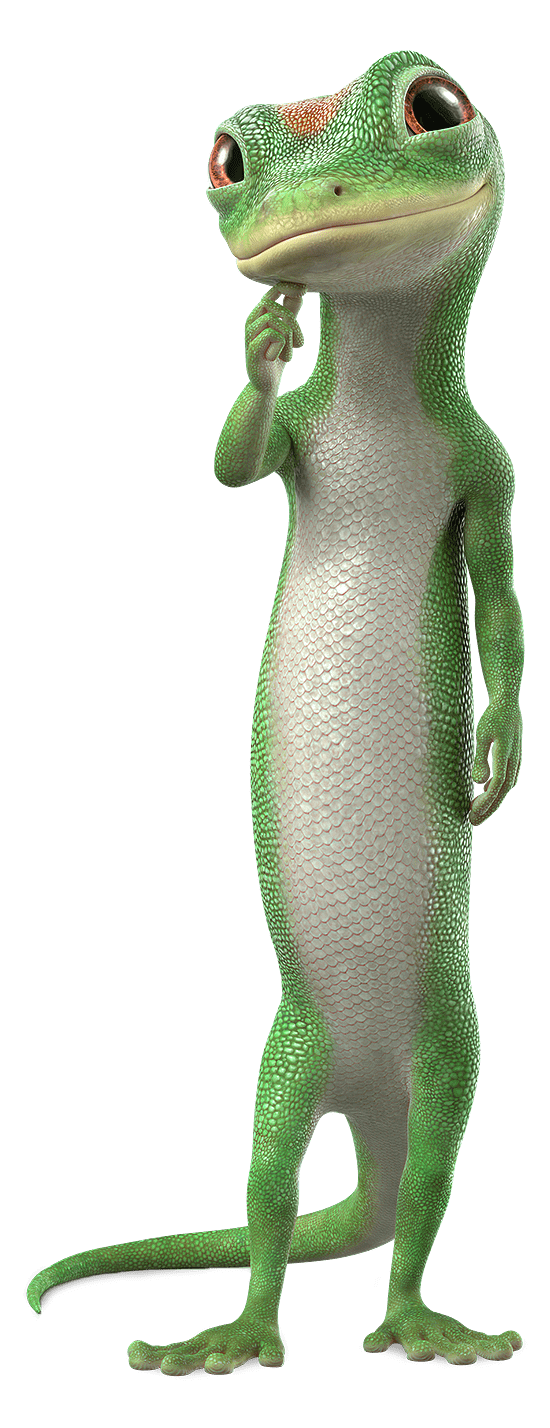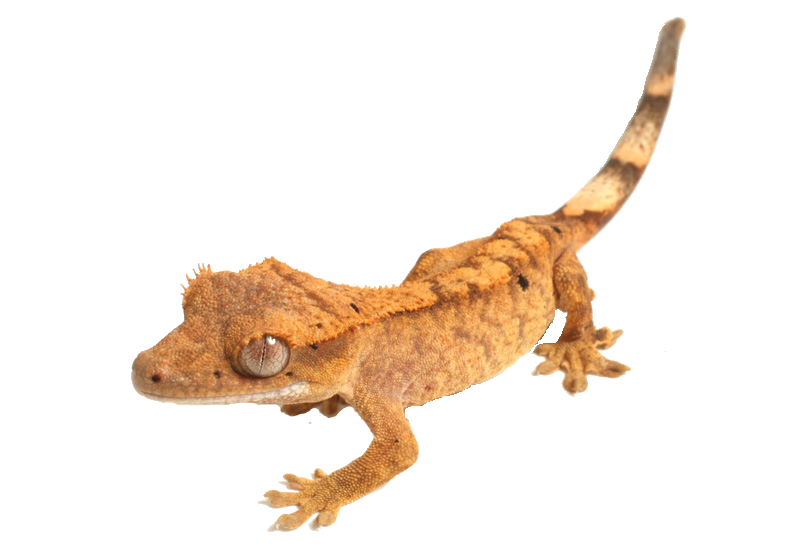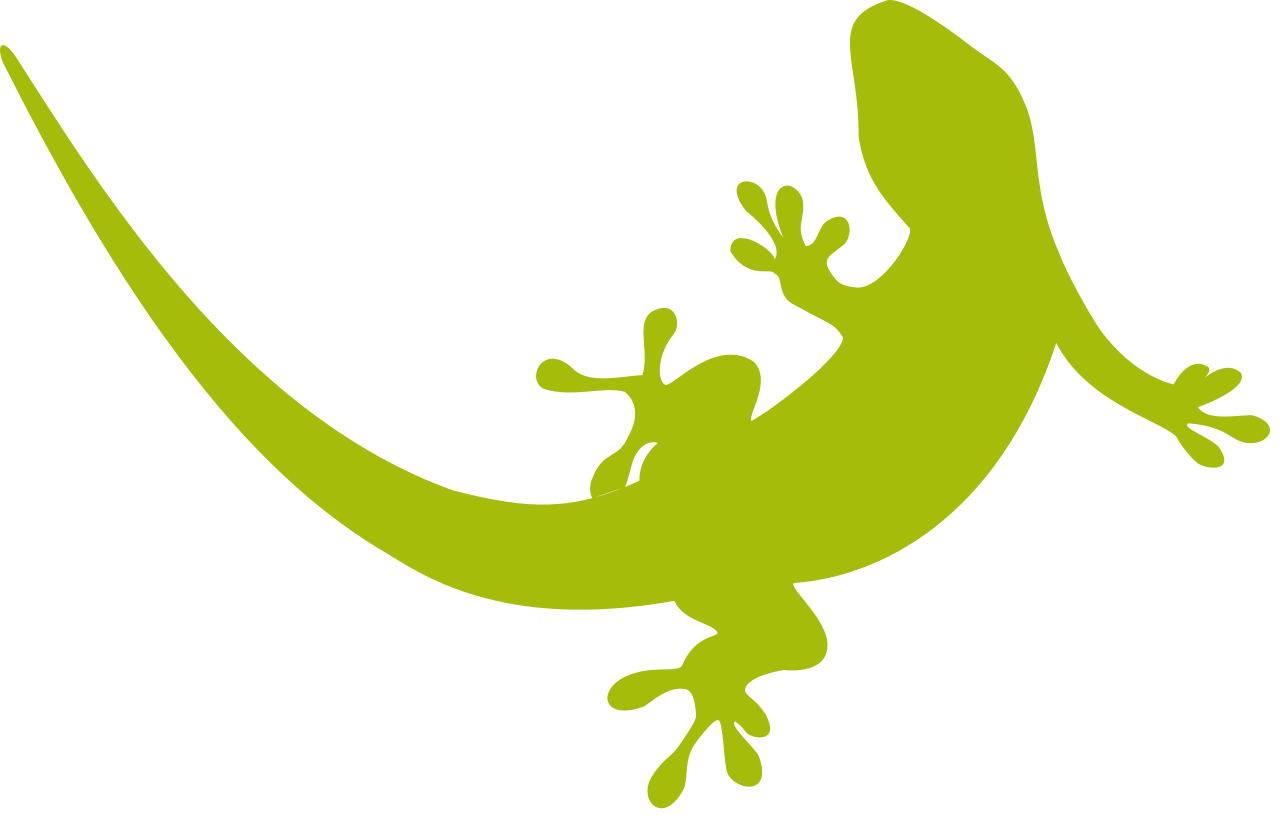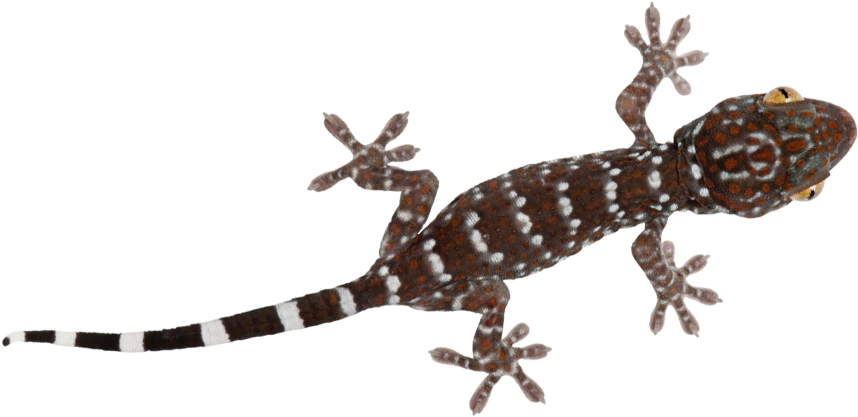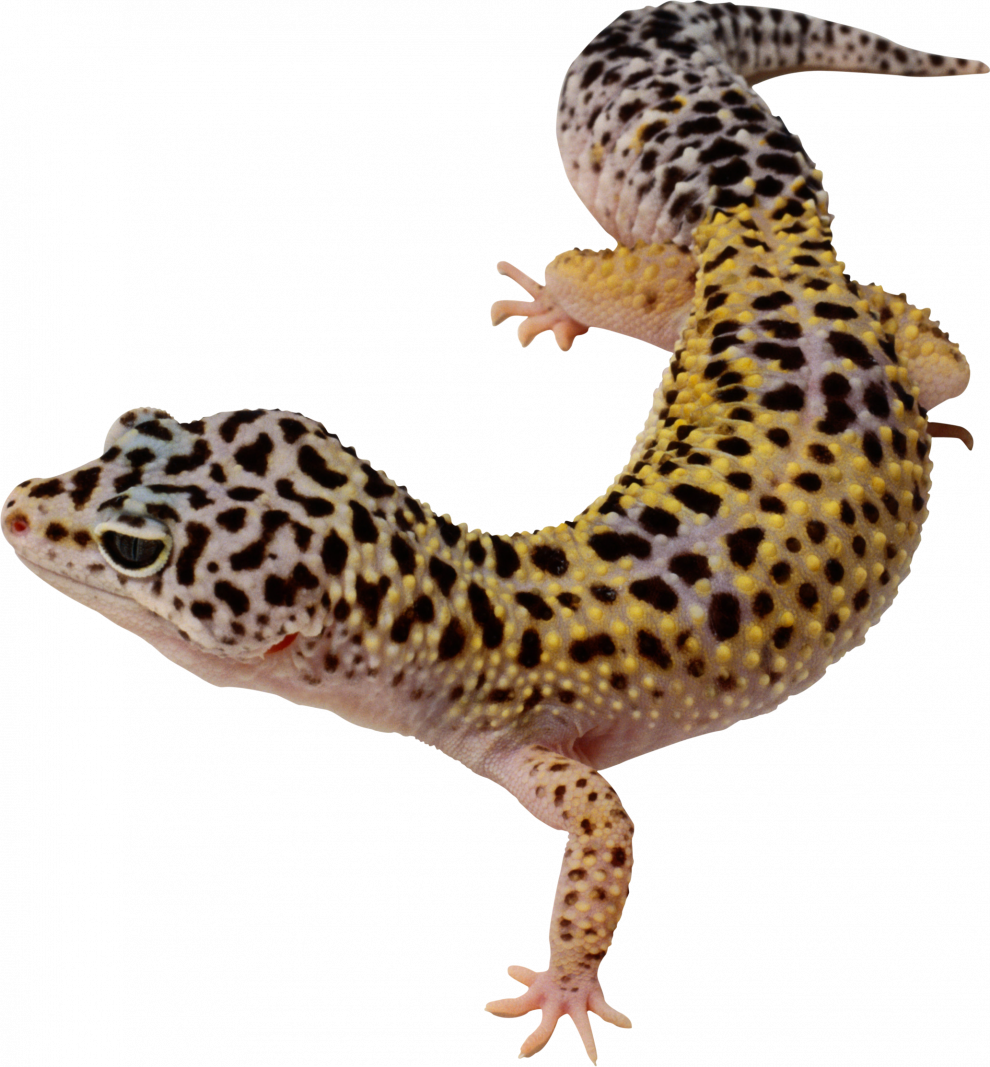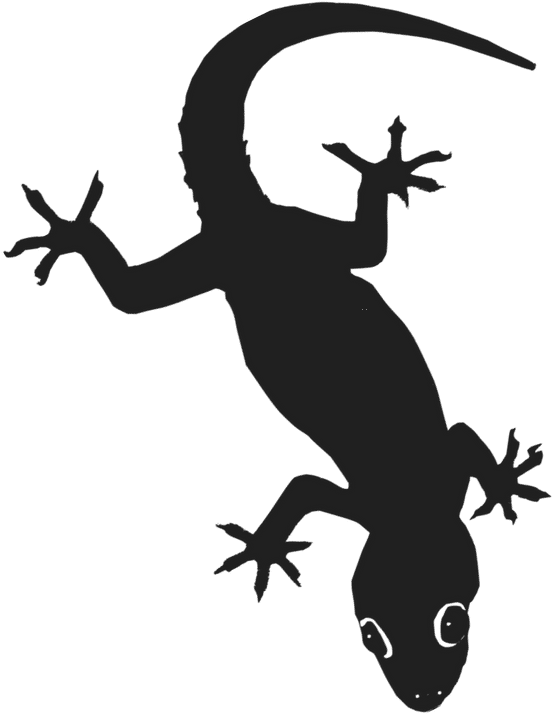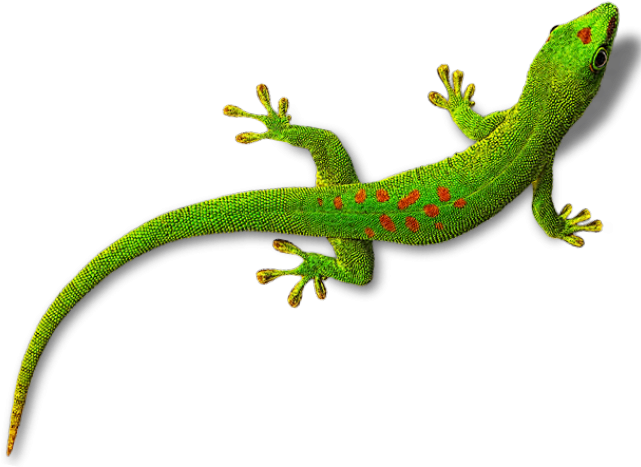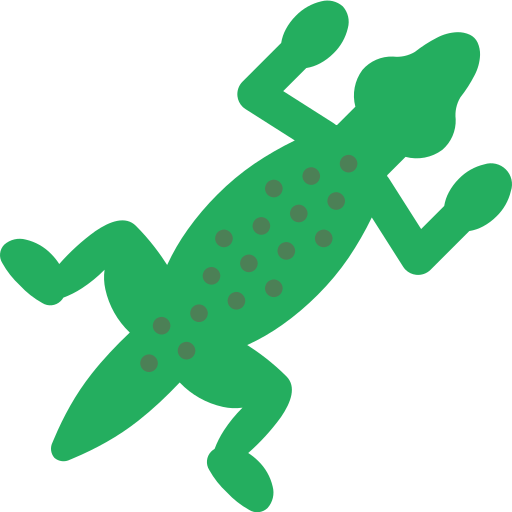Download top and best high-quality free Gecko PNG Transparent Images backgrounds available in various sizes. To view the full PNG size resolution click on any of the below image thumbnail.
License Info: Creative Commons 4.0 BY-NC
Geckos are tiny, usually carnivorous lizards with a worldwide distribution, with the exception of Antarctica, they may be found on every continent.
Gekkota belongs to the infraorder Gekkota, which may be found in warm areas all around the world. They come in sizes ranging from 1.6 to 60 cm (0.64 to 24 inches).
Geckos are distinguished from other lizards by their vocalizations, which vary by species. In their social interactions, most geckos in the Gekkonidae family make chirping or clicking noises. When scared or threatened, Tokay geckos (Gekko geckos) are famed for their loud mating cries, and certain other species can make hissing noises. With over 1,500 distinct species worldwide, they are the most diverse group of lizards. The New Latin gekko and the English “gecko” are derived from the Indonesian-Malay gkoq, which imitates the noises made by certain species.
Except for members of the Eublepharidae family, all geckos lack eyelids; instead, the cornea, a transparent membrane, covers the outer surface of the eyeball. Each iris has a fixed lens that enlarges in darkness to let in more light.
The barking gecko of a carp licks its eye to remove it of dust.
A gecko from the Mediterranean ambushes a nest of the sphecid wasp Sceliphron spirifex.
Because they can’t blink, creatures without eyelids lick their own corneas to keep them clean and moist when they need to cleanse them of dust and debris.
Nocturnal animals have superb night vision, with 350 times the sensitivity of human color vision in low light. Diurnal geckos that had lost their eye rods developed into night geckos. As a result, the gecko eye transformed its larger cones into distinct forms, both single and double. Three separate photopigments have been kept, each of which is UV, blue, and green sensitive. They also employ a multifocal optical system, which enables them to provide a crisp image at at least two distinct depths. While most gecko species are nocturnal, others are diurnal and active throughout the day, a trait that has developed independently several times.
Geckos, like most lizards, can lose their tails in self-defense, a process known as autotomy. Many species are noted for their specialized toe pads, which allow them to easily climb smooth and vertical surfaces, as well as span interior ceilings. People who live in warm climates are familiar with geckos, as some species build their homes within human dwellings. These (such as the house gecko) form part of the indoor zoo and are frequently appreciated since they eat insects such as moths and mosquitoes. Geckos, unlike other lizards, are nocturnal.
The kawekaweau, the biggest species, is only known from a single stuffed specimen discovered in the basement of a Marseille museum. This 60-centimeter (24-inch) long gecko was most likely unique to New Zealand, where it lived in native woods. It was likely wiped off, along with much of the natural fauna of these islands, in the late 19th century, when new invasive species like rats and stoats were introduced during European colonization. The Jaragua sphaero, the world’s tiniest gecko, is about 1.6 cm (about half an inch) long and was discovered on a tiny island off the coast of Hispaniola in 2001.
Download Gecko PNG images transparent gallery.
- Gecko PNG Image File
Resolution: 1920 × 1080
Size: 1277 KB
Image Format: .png
Download
- Gecko PNG Image HD
Resolution: 576 × 1024
Size: 389 KB
Image Format: .png
Download
- Gecko PNG Image
Resolution: 600 × 600
Size: 46 KB
Image Format: .png
Download
- Gecko PNG Images HD
Resolution: 1241 × 469
Size: 634 KB
Image Format: .png
Download
- Gecko PNG Images
Resolution: 1676 × 2558
Size: 3366 KB
Image Format: .png
Download
- Gecko PNG Photo
Resolution: 990 × 1194
Size: 1012 KB
Image Format: .png
Download
- Gecko PNG Photos
Resolution: 600 × 600
Size: 29 KB
Image Format: .png
Download
- Gecko PNG Pic
Resolution: 2380 × 1077
Size: 101 KB
Image Format: .png
Download
- Gecko PNG Picture
Resolution: 604 × 709
Size: 170 KB
Image Format: .png
Download
- Gecko PNG
Resolution: 851 × 324
Size: 318 KB
Image Format: .png
Download
- Gecko Transparent
Resolution: 550 × 1428
Size: 244 KB
Image Format: .png
Download
- Gecko
Resolution: 800 × 546
Size: 208 KB
Image Format: .png
Download
- Gecko Background PNG
Resolution: 671 × 584
Size: 129 KB
Image Format: .png
Download
- Gecko No Background
Resolution: 1280 × 821
Size: 51 KB
Image Format: .png
Download
- Gecko PNG Background
Resolution: 858 × 417
Size: 261 KB
Image Format: .png
Download
- Gecko PNG Clipart
Resolution: 600 × 600
Size: 25 KB
Image Format: .png
Download
- Gecko PNG Cutout
Resolution: 990 × 1067
Size: 1017 KB
Image Format: .png
Download
- Gecko PNG File
Resolution: 552 × 714
Size: 28 KB
Image Format: .png
Download
- Gecko PNG Free Image
Resolution: 641 × 467
Size: 207 KB
Image Format: .png
Download
- Gecko PNG HD Image
Resolution: 512 × 512
Size: 28 KB
Image Format: .png
Download
